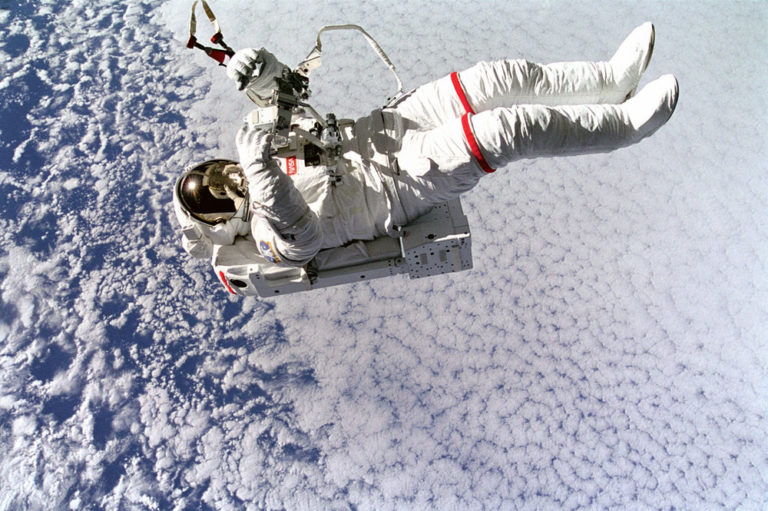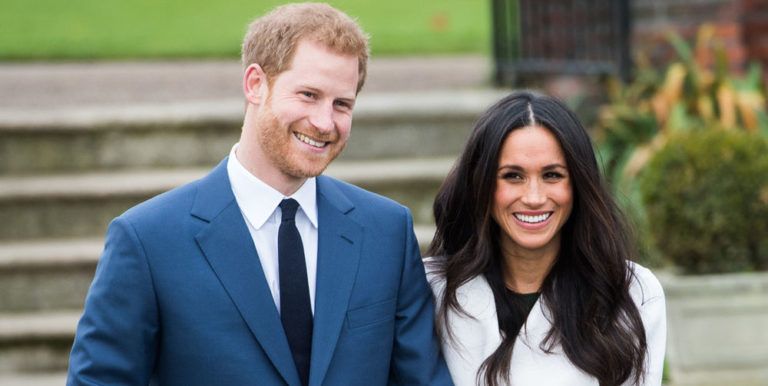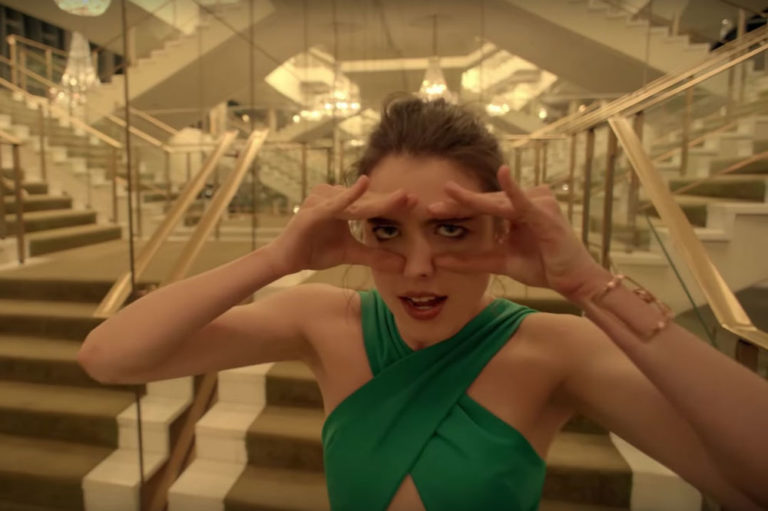Making “The Man Who Saved the World” — A documentary that turned into a feature film
“The Man Who Saved the World” documents the story of Stanislav Petrov, a Soviet officer who, at the height of the Cold War, correctly dismissed a nuclear attack warning as a system malfunction. Prior to 2004, Jakob Staberg, the producer of the film, was active as a journalist. Since the meeting with director Peter Anthony and their discovery of the extraordinary story of Stanislav Petrov, Jakob has turned to film production and founded Statement Films in order to support and follow the complex process of creating this impactful docu-drama. He shared with us some details about how the film has been developed and financed in the context of its evolution from a documentary to a hybrid structure- blending documentary and dramatisation, real people and actors.
How did you get involved as a producer for “The Man Who Saved the World”?
It was in 2004 when I met Peter Anthony, the director of the film. We read an article about Stanislav Petrov and we were quite fascinated about the story. In 2007 I founded Statement Film, in order to be able to carry out, as an independent producers, this production that grew from [what we had in mind] in the beginning. Initially we just wanted to make a small documentary. But after meeting Stanislav the ambitions for the film grew and I had to start a film company.
Why did you set up Statement Films for this project?
It’s our first film and it took many years, we’ve been working on it alongside other projects. Initially we talked to other production companies and we also had some collaborations in the beginning but they couldn’t lift the project to the level that we wanted. So I found out it was better to make my own company to be able to control the production so that the film eventually would be as Peter and I wanted it to be.

Director Peter Anthony and Jakob Staberg (right)
How did the funding needs for the project evolve?
In the beginning our plan was to make a series of interviews with Stanislav and then edit it together as a normal, one hour documentary where he told his story. We ended up with this almost 2 hours feature-like film, in which around 35 to 45 minutes are fictionalised scenes we shot on set in Riga.
Our first budget was a little less than 2 million DKK. But because the ambitions and production grew to look more like a fiction production, the budget increased dramatically over the years the project was developed. The final film ended up getting six times more expensive. Looking at the final product, I would argue that we have gotten a lot for our money, taking in consideration that we have been shooting over a six year period with Stansilav and we have also built the command centre Nexus Serphukov-15 on a 1 to 1 scale- in order to shoot the dramatisation of the events in 1983. We had around 200 film workers on this set, including actors from the Baltic region as well as Russian star actors flown in from Moscow. The film also included advanced VFX shooting, animations, as well as a comprehensive and very well researched archive layer, not to mention having an original score composed and recorded it in Prague. In other words: our production is very far from a ‘normal’ documentary and low budget feature film.

Part of the team on the Latvian set of “The Man Who Saved the World”
But before we could made the dramatisations, Peter had to write a script which was developed through countless interviews with Stanislav. Everything had to be translated from Russian into English. Once we had the script, everything was translated back into Russia in order to go back to Stanislav and have him read it through. When we got his comments, we translated it back into English, and so forth. On set we had two scripts, because of the international crew- one in English and one in Russian. I think we also had some passages in Latvian, to make sure everybody understood what was happening.
So the shooting of the dramatisation was quite complex to prepare and accomplish, but because we collaborated with a very skilled and hard working crew in Riga, we were able to shoot around 45 minutes of the film in 3 weeks.
As complicated as this was, shooting the documentary parts was not really easier. On our many travels with him- to the US and Ukraine- the language barrier made things very complicated. Stanislav can’t speak English, and neither me nor Peter or the crew spoke Russian. We had to work with several different translators and Russian assistants. So the shoots alway included a lot of travelling with a lot of people, among which: 2 cameramen with cinematic camera equipment, 35mm film optics and a sound recordist with a boom. Our equipment (which had around 300kg) implied charges for overweight luggage, which was one of the expenses we often had to incur on these travels to the US, Russia and Ukraine.
Was getting Stanislav “one the road” something that was in the initial plan of the documentary or did it also come in later in the process?
That was actually in the initial plan because when we first visited Stanislav in 2004 to do our research, he showed us his fan letters. The story had been out in various international news media. He got hundreds of fan letters from normal people, saying ‘thank you for saving the world and hereby my life’. One letter was from an organisation at the UN who wanted to offer him an award. He also had a letter from Kevin Costner, which Stanislav was very fond of. The actor had seen this clip with Stansilav around the time he made “Thirteen Days” where he played the advisor of president Kennedy during the Cuban missile crisis. We helped Stanislav write an answer to Costner and contact the organisation that wanted to offer him the award. When we got through to these people and they invited him to the US to meet him, Stanislav was mostly into the fact that Kevin Costner wanted to meet him, that was the trigger.
On the first trip to the US Stanislav met Kevin Costner and got his award at the UN. He also met Matt Damon, and Robert de Niro, and Walter Cronkite, because the word spread when we were in NY that Stanislav was visiting. We took all this footage and got some more funding. Then we could afford to go back to Stanislav to shoot some more footage at his home with the same crew that we had in the US. We actually went back to the US because more people wanted to meet him. Stanislav also became quite fond of the Americans and was keen on going there again.

When we had the documentary layer- I would actually call it the layer with ‘the real Stanislav’- sketched up in the editing room, we realised that this structure could only work to tell his present development story- Stanislav being unrecognised and forgotten, travelling to the US to get rewarded, and what that did to him. What we lacked was an adequate account of the events in 1983, in order to explain the basis for calling him “the man who saved the world”. That’s why we came up with the idea to add the dramatised part. We had to seek additional funding and added a lot of our own investments. Eventually it ended up in how the film looks today.
The whole production around our film and the team become more like what you typically see for a feature film. Most of our crew had previously worked on feature films. They liked the way we created the film and the ambition to do a real story with the ‘real’ man kind of starring himself. In other words they got interested in how Peter and I would do a film in a new way, and hereby in the complexity of the production. An important factor was also the music. I am happy with the decision to get a real score made. We collaborated with Kristian Eidnes Andersen, who is Lars von Trier’s composer and a very big composer in Denmark, and recorded the soundtrack with the Prague Philharmonic Orchestra.

The Prague Philharmonic Orchestra
How has the experience with “The Man Who Saved the World” shaped your perspective on film distribution?
Although the film has technically been released in late 2014, for us, the distribution is far from finished- it’s somehow just started. One of the problems of the film industry is that film is seen as a very short term product- it just needs to get out and then it’s gone. But I think that some films should be approached as long term products. Especially a film like ours.
In the second part of the interview Jakob Staberg discusses his long-term approach to film distribution and the results this has yielded for “The Man Who Saved the World”.
If you would like to know more CONTACT US


